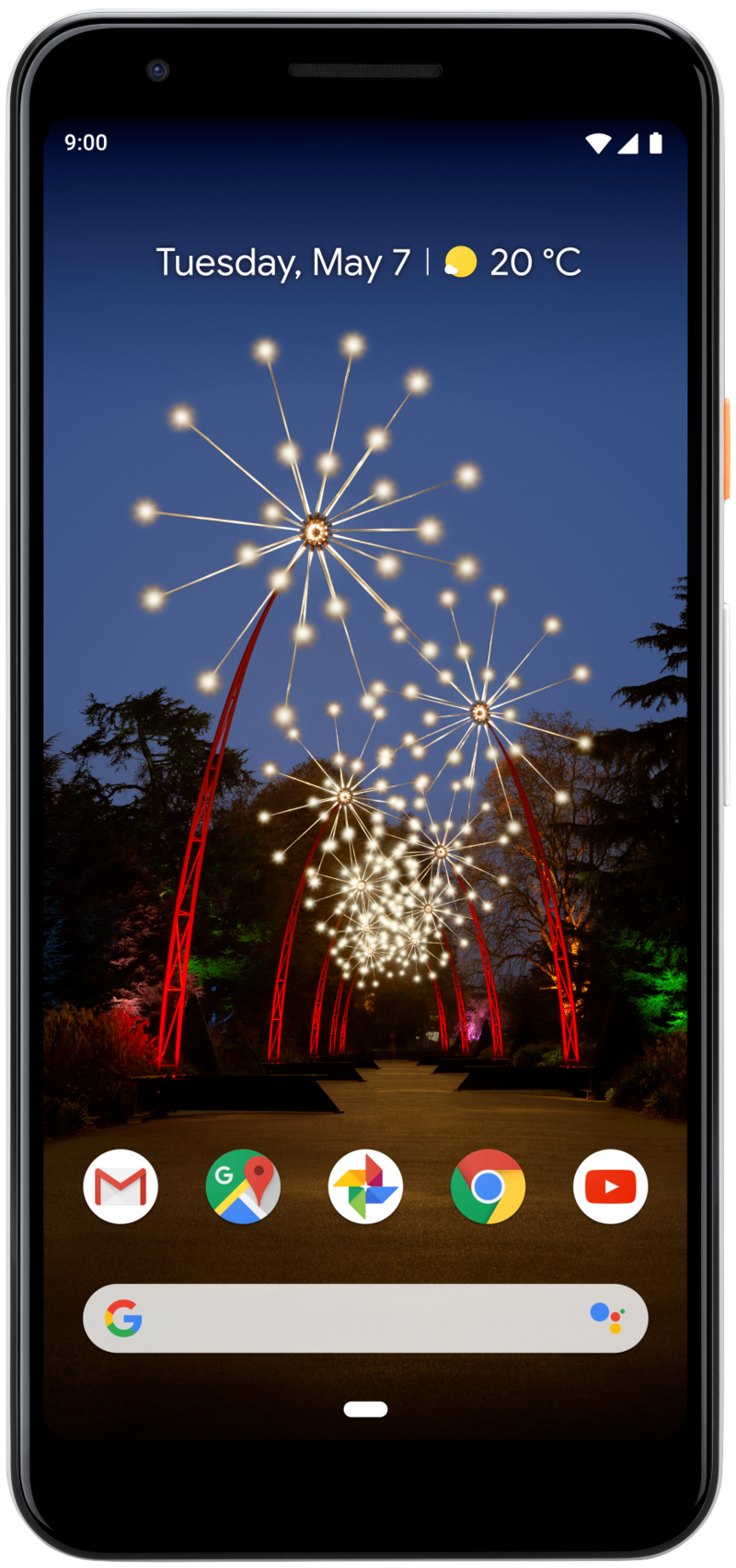Hands-on with Google Assistant Driving mode, which is replacing Android Auto on phones

We've seen "car mode" on Android change almost as often as messaging apps on Android over the last couple of years, but it seems fairly confident about this new iteration. Briefly announced during the I/O keynote as Google Assistant Driving Mode, this new UI for how you handle things in the car is pretty different from the Android Auto app mode we currently have. Which is on purpose, because eventually that app-only mode for Android Auto is going to go away and this will be the dominant UI available in the car.
Here's a quick look at how it works.
As the name suggests, everything here starts in Google Assistant. You can either say "Hey Google, let's drive" or connect to your car Bluetooth or even just turn on GPS awareness and start driving. Through any of these launch methods, the visually pleasing launch pictured above will fire up and you'll be in Driving Mode. And yes, while it's not available in the early demo we got, there will be a Dark Mode.

In keeping with Google's new focus on being a company that helps you get stuff done, Assistant Driving Mode is all about suggestions. If you have something in the calendar coming up, this mode will suggest navigation to that event. If you regularly drive to and from work at specific times, you'll see suggestions and traffic guidance. If you've recently looked up gas stations or stores in the area, expect a suggestion to appear. Recent or favorite contacts, places you frequently visit, the list goes on. Each of these things exist in separate sections you can easily scroll through, with great big buttons and large text to make it easy to interact with. This also interacts with the rest of Google Assistant, which means if you've started a playlist or a podcast or an audiobook on a Next Hub or your phone, there will be suggestions here to pick up where you left off.
Google hasn't provided a timeline for when this is going to replace the Android Auto app mode, but it's coming.
Notifications are the big standout feature here, in my opinion. Google Assistant Driving Mode handles specific notifications way better than Android Auto, making it possible to glance at incoming text messages and have them both read to you and speak responses much more seamlessly than the current UI. Incoming calls work in the same way you can see them without a ton of interruptions and use your voice instead of your presumably busy fingers. Navigation has a nice UI to it as well, allowing you to return to the Assistant view without losing your turn-by-turn directions since it just tucks away up into the top of the UI.
Google hasn't provided a timeline for when this is going to replace the Android Auto app mode, but it's coming. Google feels this is an all-around better approach for folks who don't have a full head unit in the car, and of course, wants more people using Assistant for everything. Expect Assistant Driving Mode to start making its way to phones by the end of the summer.

80% of the Pixel 3 experience for half the cost.
Whether you get the Pixel 3a or larger 3a XL, these are two of the best mid-range Android phones we've seen so far in 2019. The camera performance is no competition for anything in this price range, and when you add that together with a great software package, smooth performance, and solid OLED displays, you end up with two pretty great handsets.
Be an expert in 5 minutes
Get the latest news from Android Central, your trusted companion in the world of Android

